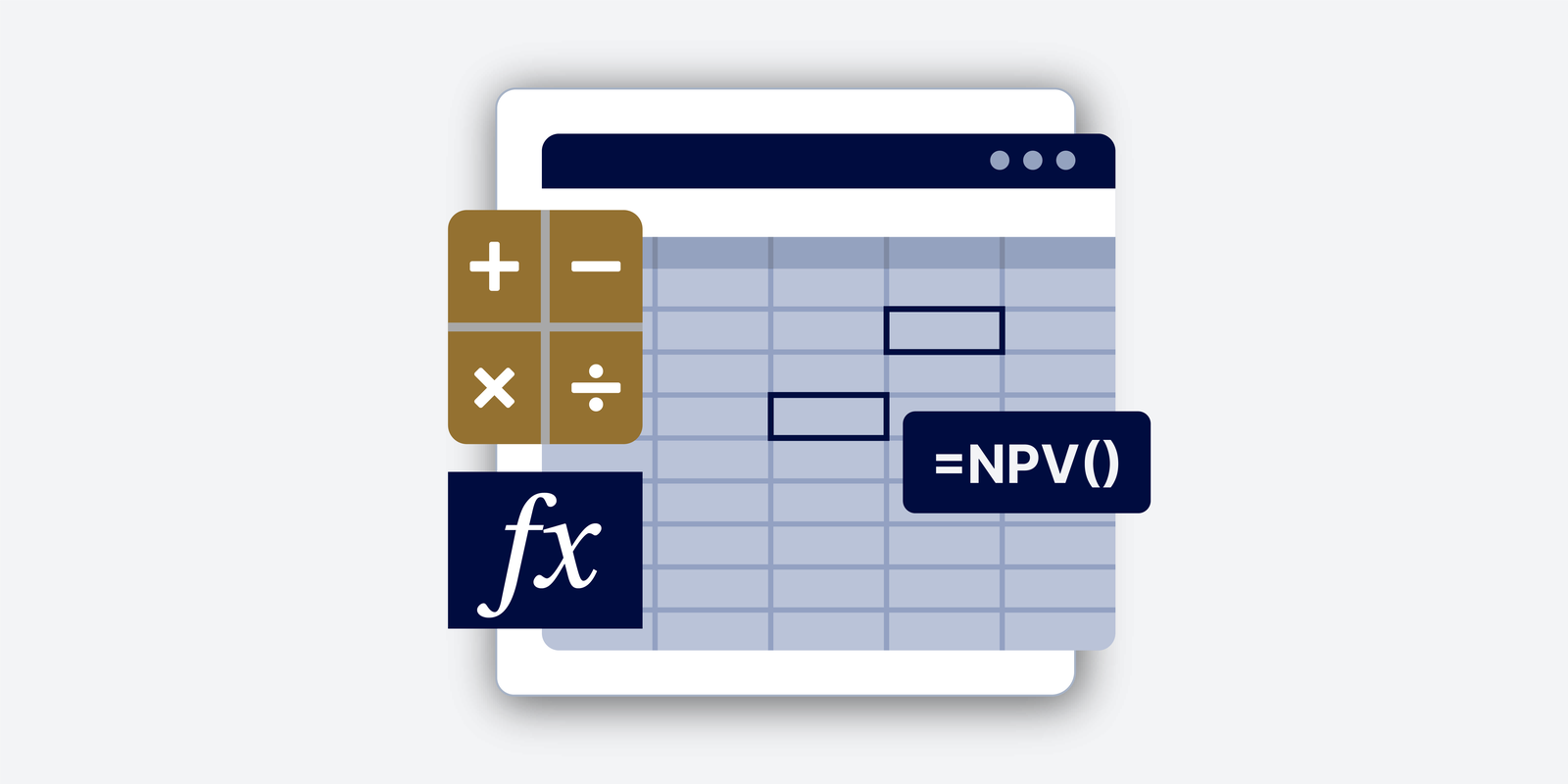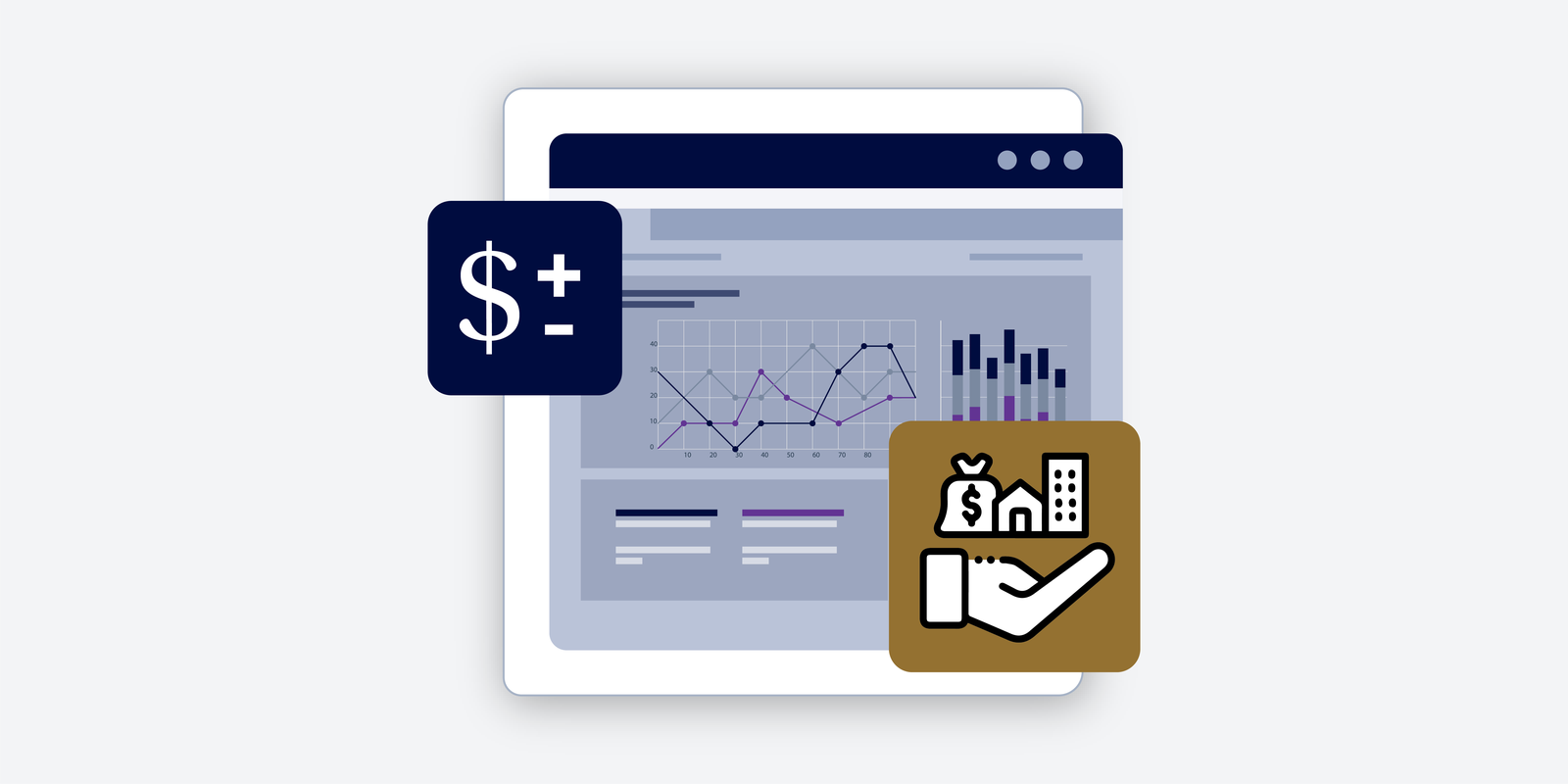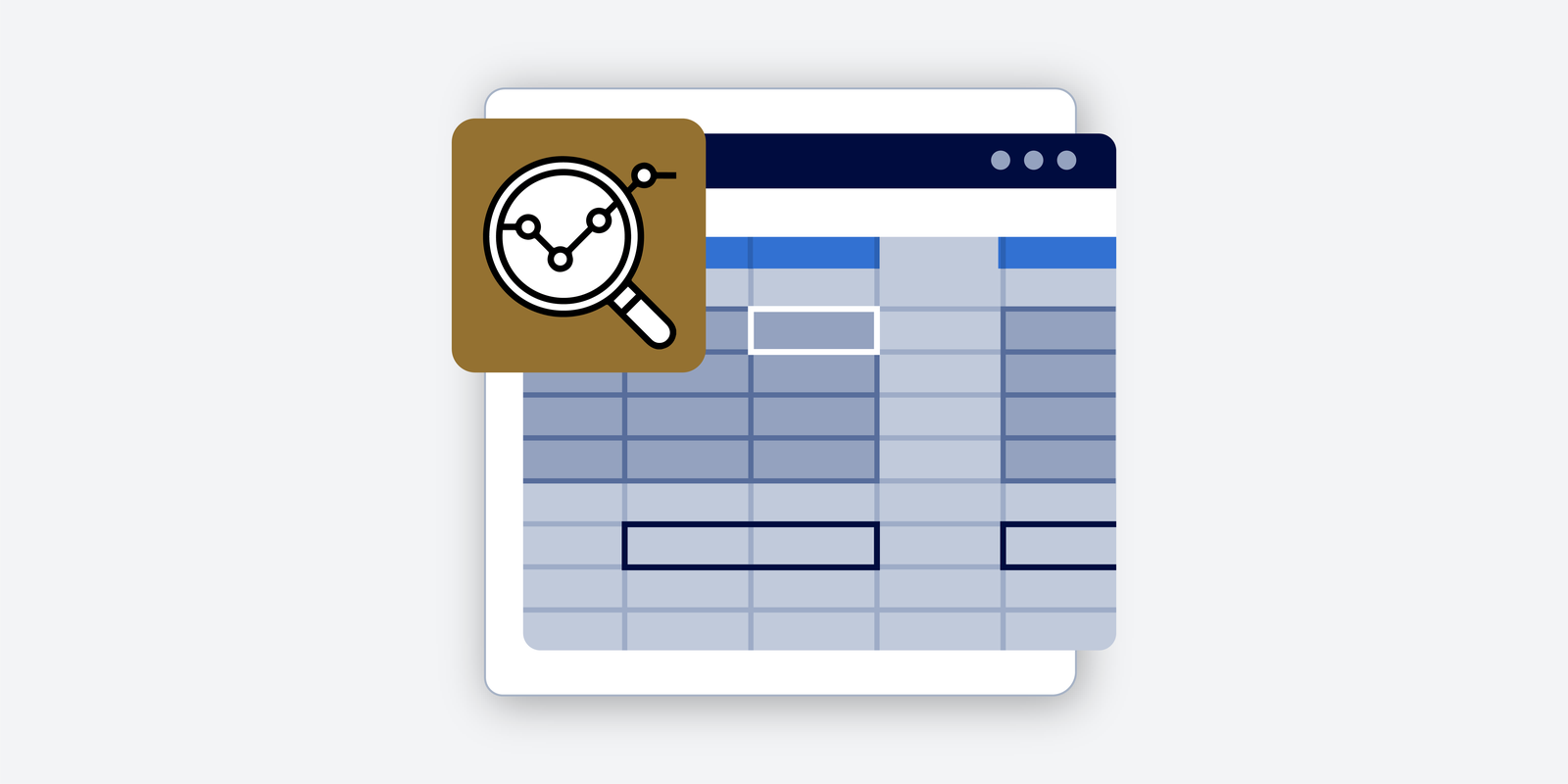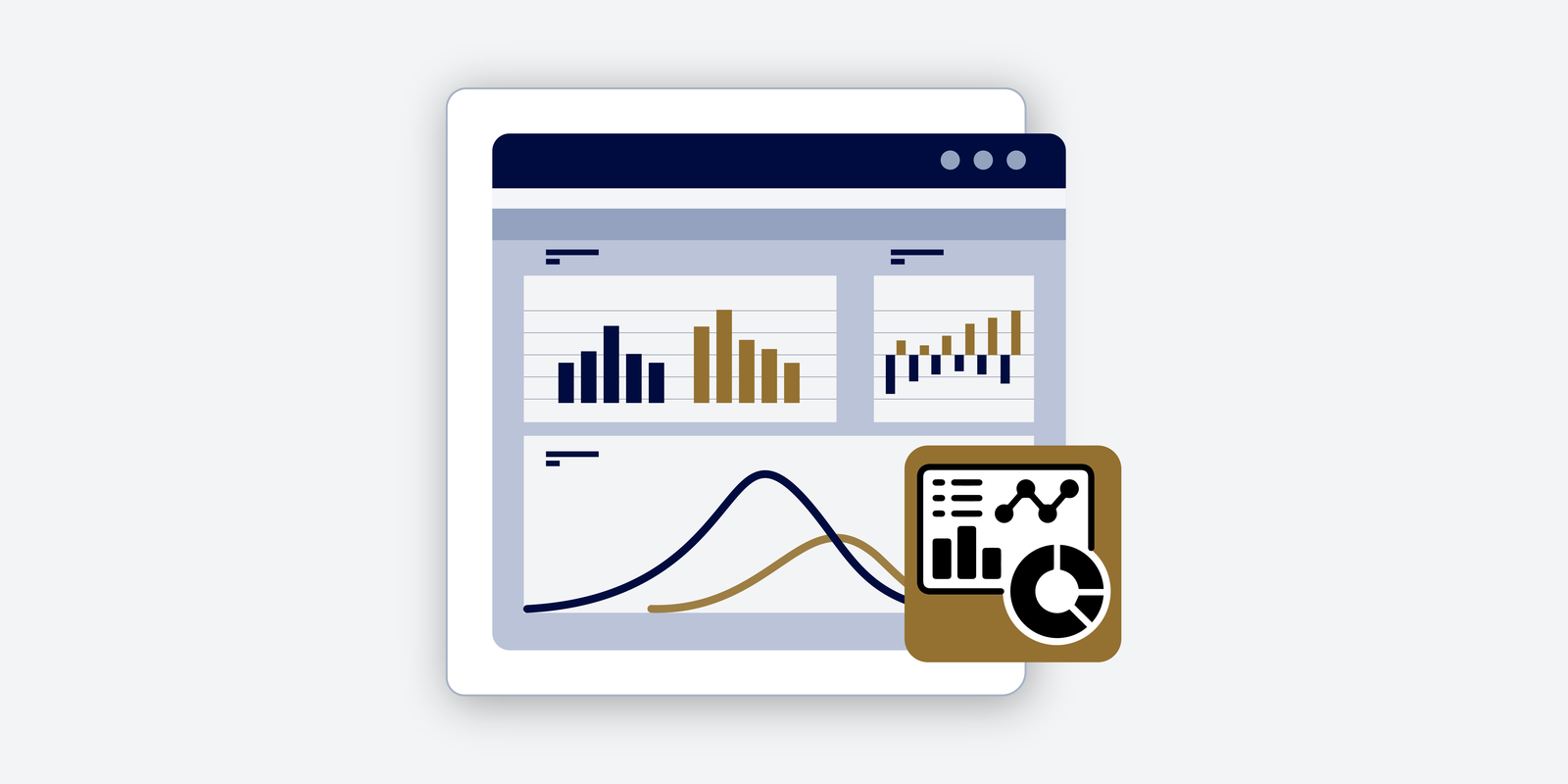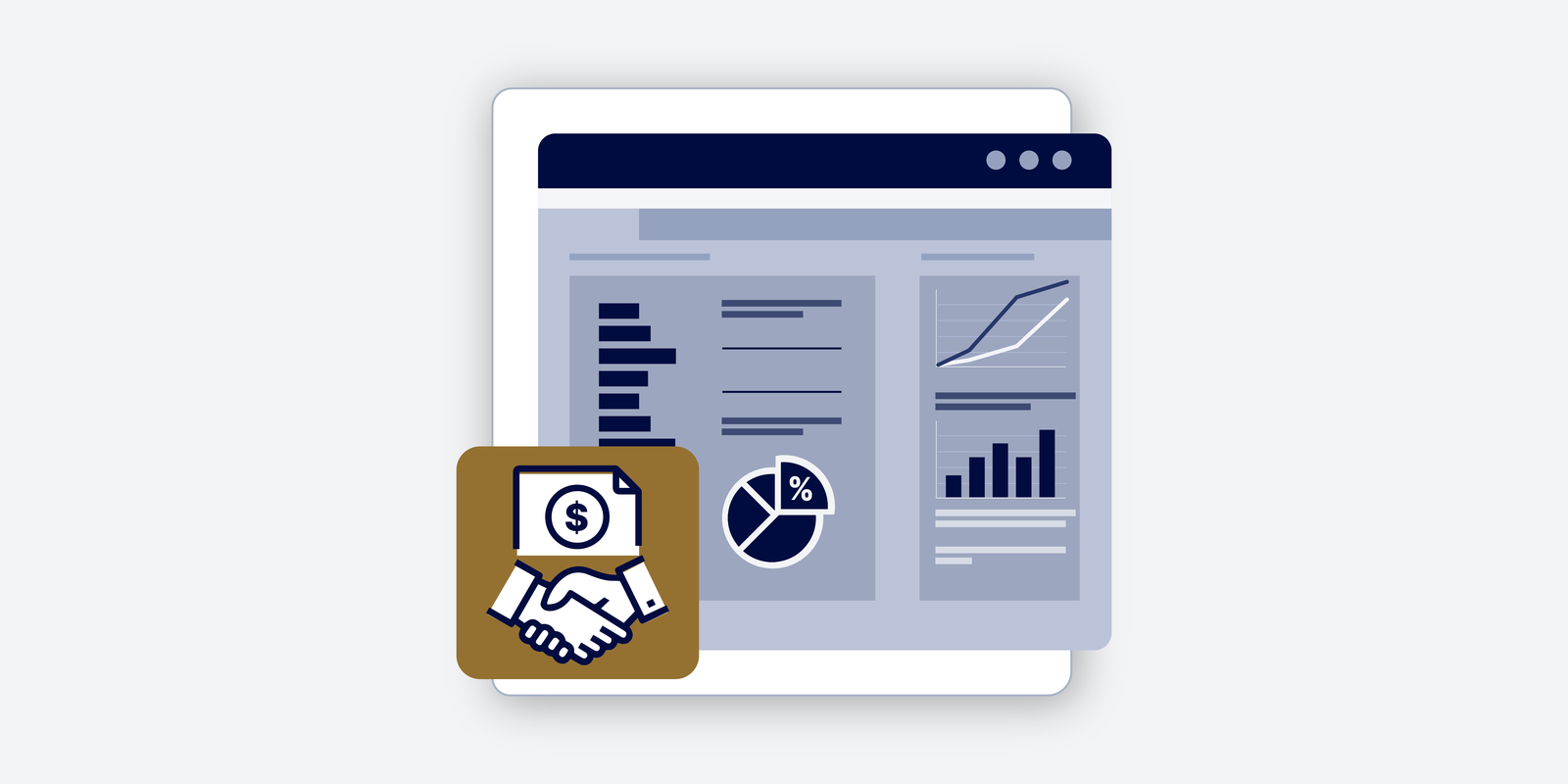Python Variables
What are Python Variables? Like other programming languages, Python variables allow us to store or assign a value to a variable name. It helps in applying programming logic to a variety of inputs. The article below will review how to define variables in Python, the correct syntax, and run simple experiments. By doing so, we…
